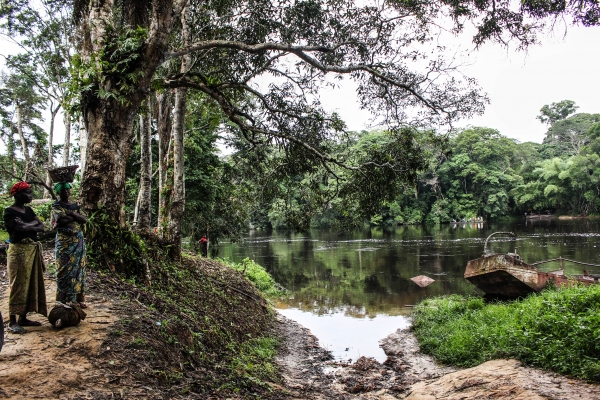Focusing in particular on the events occurred in the cities of Tshimbulu and Kananga, the paper gives a broad overview of the national scenery and the difficulties related to the complex electoral situation.
The three main actors are the State Power, the Catholic Church and the Power of traditional leaders. The State Power is represented by the army (FARDC) and the police (PNC), and other bodies such as the ANR (Agence Nationale de Renseignement) and the DGM (Direction Générale de la Migration). The Catholic Church is mainly represented by CENCO (Conférence Épiscopale Nationale du Congo), whereas the traditional power is in the hands of the Chef coutumier and precisely the Chef de Groupement.
The timeframe of the events examined in the paper ranges from 12 August 2016, the day of the killing of Jean-Prince Mpandi, which conventionally marks the beginning of the crisis in Kasaï, to July 2017.
Unofortunately, some signs suggest that the crisis is far from being over. On 7 July 2017 the president of the CENI (Commission Électorale Nationale Indépendante), the institutional body responsible for ensuring the proper conduct of the elections in the country, declared the impossibility of holding elections before the end of the year due to the condition of insecurity in Kasaï. On 5 November 2017, the CENI published the new calendar that fixes the next elections at the end of 2018, effectively postponing the end of the president’s mandate for a period of two years.







